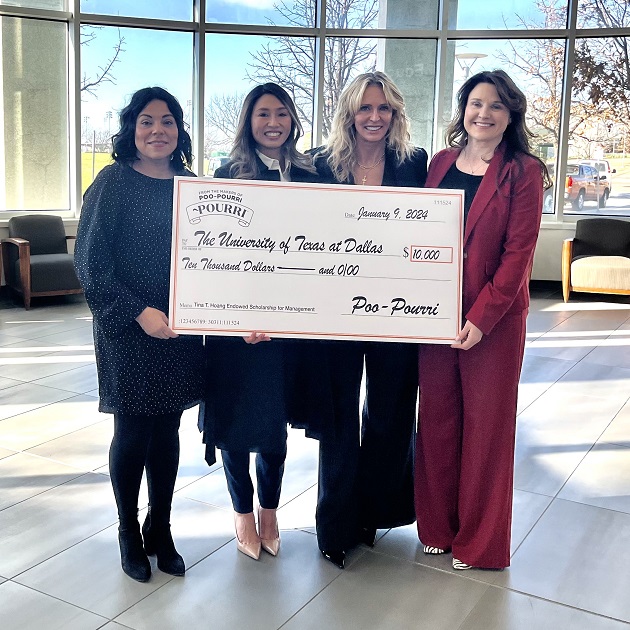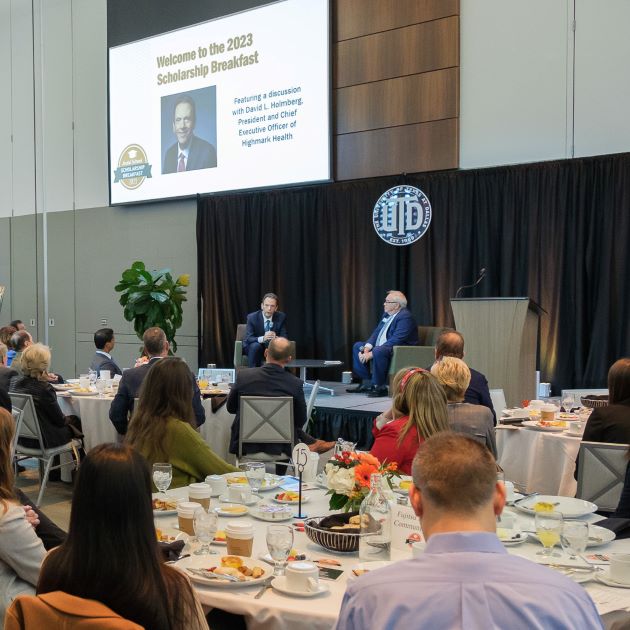The COVID-19 pandemic has offered lessons in adapting to accelerated change in commercial real estate, some of which were discussed at a recent online event presented by the Naveen Jindal School of Management.

On May 6, the Herbert D. Weitzman Institute for Real Estate presented, “Unprecedented, the Unknown: How the Federal Reserve Views Commercial Real Estate Post COVID,” a virtual symposium. Brian Bailey, a commercial real estate subject-matter expert at the Federal Reserve Bank of Atlanta, was the keynote speaker.
Moderator Robert (Bob) Young, executive managing director at Weitzman, the retail-oriented commercial Texas real estate company that is Herb Weitzman’s namesake, opened the event and introduced Bailey.
Two community members of The University of Texas at Dallas also were moderators at the event. Bill Guthrey, MBA’95, is senior vice president of land development at national real estate development and investment company KDC. Ka Cotter, chair of the advisory board of the Center for Brain Health who had a successful career at the Staubach Company, addressed questions to Bailey from their respective expertise areas.
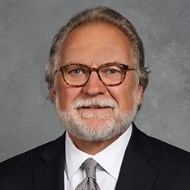

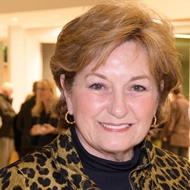
“Pre-pandemic, many of the aspects of the economy and the real estate world were already changing,” Young said while introducing Bailey. “Corporate workplace issues, human capital and talent, shopping and online business, deployment of capital, construction — so many things were happening.”
The pandemic, Young said, “changed everything,” by accelerating the pace of change. Now the standard operating procedure for commercial real estate involves adaptability, flexibility and creativity.
Diverse Economy and Migration Helped DFW Weather the Pandemic
Bailey set the stage for his presentation — “Unprecedented: Unknown Unknowns” — by providing an overview of economic activity in the North Texas region since the early stages of the pandemic. He said that the area has benefited from an influx of migration combined with a diverse and low-cost-structure economy.
Dallas-Fort Worth and the nation “came out of roughly a 10-year expansion,” he said. “We saw a very significant contraction in employment changes.”
Between March 2020 and March 2021, DFW, he said, fared slightly better than the national economy’s employment average on nonfarm payrolls — -2.5 percent to -4.5 percent — because of the diversity the region offers. Regional industries that have outpaced the national average in employment levels over the past 30 years include natural resources and construction, trade, transportation and utilities, finance, insurance and real estate, and professional and business services. Regional sectors that have been below the national average during that same time period are manufacturing, education and healthcare, leisure and hospitality and government.
Migration from other states has played a significant role in making the region’s economy more resilient and dynamic, Bailey said. He mentioned California, New York and North Dakota have been some of the top states for outbound migration into Texas in recent years. International migration also has played a role in increasing the size of Texas’ population.
“It certainly spreads out the tax base,” he said, “and allows the local municipalities to spread out those costs over more folks and provide more robust levels of service.”
Office Space Still in Flux
Office space for most markets, Bailey said, has continued to experience slow or slowing dynamics because long-term sentiment remains uncertain. The factors driving that uncertainty include success of remote work and percentage of workers who will continue remote work vs. returning to the office.
“We’ve seen a wide variety of … office users that have put a greater percentage of space on the sublease market,” he said, “which means that those markets will probably have to burn through that to get to kind of a net positive absorption number.”
Shifting the cost structure of office space also remain uncertain, he said. One example of that is employees who continue to work from home will not need company supplied office space, water, internet and electricity. In 2019, 75 percent of people worked from the office five days per week. During COVID-19, only 30 percent do. Whether that shift holds after the pandemic resolves itself remains to be seen.
Highly collaborative tasks that involve culture and networking are not done as efficiently over virtual environments. “I expect a lot of those tasks and people who are involved in them to be back in the office,” he said.
The Junior-Senior Split
There is also a bifurcation between senior and junior jobs as to whether working from the office is more necessary.
“Senior jobs are more focused on strategic initiatives, networking — generally tasks that probably need some level of interruption mitigated,” he said. “From that standpoint, those folks will not be in the office quite as much as they used to be.”
Workers in more junior-level positions will need to work face-to-face more often.
“They will still have a thirst for education,” he said. “They have a thirst for collaboration. They want to learn. They certainly need to be indoctrinated into the respective firm’s culture. I think we have undersold the value of the talk that goes on at the water cooler.”
Some Workers Will Not Return to an Office
Workers in some industries will not return to the office, Bailey said.
“Specifically, I think about IT support during these 12 months,” he said. “I personally have had some computer problems, and I’ve been able to call the Fed’s 1-800 number, and someone has been able to remote into my computer and fix it.”
Industries like call centers that have highly repetitive dynamics can be closely monitored, even remotely. Technology exists that can remotely monitor the number of calls on hold, the customer satisfaction and the content of the calls themselves, he said.
Finally, retail goods sellers, although they face strong challenges from e-commerce, have fared well in the COVID economy, Bailey said.
Some segments of retail — specifically services, conveniences, experiences — have remained strong, he said. “Take-out [food] certainly has buoyed very well during the pandemic.”
And the Office of the Future?
When symposium participants discussed what the office of the future might look like, Guthrey said that he and others he works with had been concerned that tech companies would embrace a work-from-home environment. Instead, Guthrey and his colleagues learned during a call that a prominent technology company is embracing the concept of fear of missing out — FOMO.
“Point being [that] we want to get you into the office,” he said. “It may be three days a week, maybe not five. That’s great, but how do we make sure that we get you in here, and do have those connections and the cultural aspect of work?”
Cotter, who had a successful career at the Staubach Company, rising to the position of vice chair, said that the focus of what people are wanting for their office spaces and their lives is changing as it relates to working from home. Company leaders are weighing those requests against what works for the company.
“Even though we saw — interestingly — some productivity increases, during the first part of the pandemic, I think that’s waning,” she said. “The collaborative part, the being together [and] getting to know each other part of our business [lives], our work [lives] is missing.”
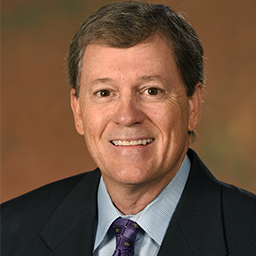
Cotter, now a professional coach, advisor and business and career consultant at LKC Resources LLC, said activities such as team building, trust, collaboration and innovation “are really enhanced in … face-to-face time.”
Dr. Randall S. Guttery, a clinical professor in the Jindal School’s Finance and Managerial Economics Area and director of both the Real Estate Concentrations and the Weitzman Institute, said that events such as this one serve to enhance the reputation of the school and better prepare students for careers in commercial real estate.
“We are so appreciative of Brian, Ka, Bill and Bob giving their time and imparting their knowledge to us,” Guttery said. “With more than 130 audience members in attendance, which includes commercial real estate professionals, students and faculty, we all learned a tremendous amount about where the future of real estate lies. The UTD real estate programs have many goals, one being to educate all stakeholders about the real estate industry. We definitely achieved that goal with this event.”




